Nintendo stands as a titan in the world of video games, renowned for its pioneering spirit and innovative home consoles. From its earliest days, Nintendo has consistently delivered a diverse library of iconic IPs that retain their charm and appeal decades later. With a robust lineup of upcoming titles, the company shows no signs of slowing down. As Nintendo officially unveils the much-anticipated Switch 2, it's an opportune moment to reflect on the gaming giant's storied history in the console space.
Below, we've compiled a comprehensive list of every single console Nintendo has ever released. Embark on a journey through time and witness how Nintendo has continuously pushed the boundaries of gaming!
AnswerSee Results*Looking to save on a new Nintendo Switch or new titles for your system? Be sure to check out the best Nintendo deals available today.*How Many Nintendo Consoles Have There Been?
In total, 32 Nintendo consoles have graced the market throughout the company's illustrious history. The forthcoming Switch 2 will mark the 33rd entry. We've included various revision models for both home and handheld consoles, encompassing designations like XL and Mini.
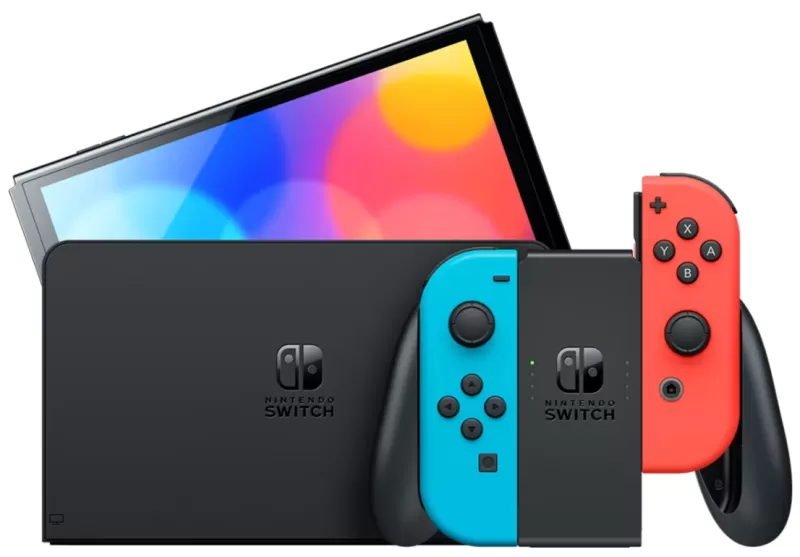 Latest Model### Nintendo Switch OLED (Neon Blue & Red)
Latest Model### Nintendo Switch OLED (Neon Blue & Red)
4See it at AmazonEvery Nintendo Console in Order of Release
Color TV-Game - June 1, 1977
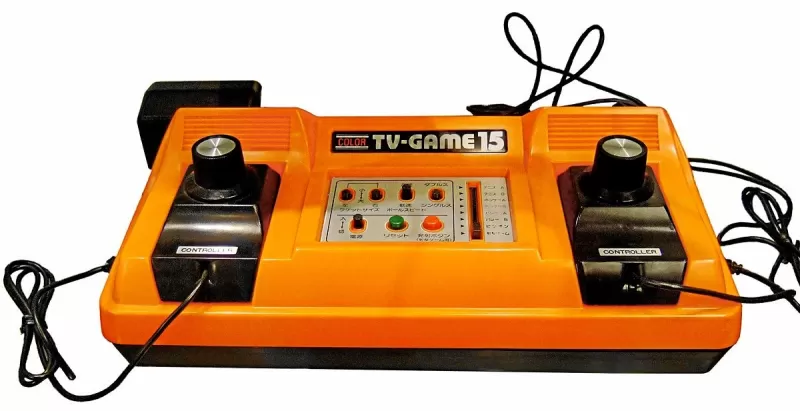 Nintendo's initial venture into gaming hardware came with the Color TV-Game line, a pioneering effort in partnership with Mitsubishi Electronics. These early systems laid the foundation for Nintendo's subsequent focus on gaming hardware, marking a significant milestone in the company's history that continues to influence its dedication to gaming innovation.
Nintendo's initial venture into gaming hardware came with the Color TV-Game line, a pioneering effort in partnership with Mitsubishi Electronics. These early systems laid the foundation for Nintendo's subsequent focus on gaming hardware, marking a significant milestone in the company's history that continues to influence its dedication to gaming innovation.
Game & Watch - April 28, 1980
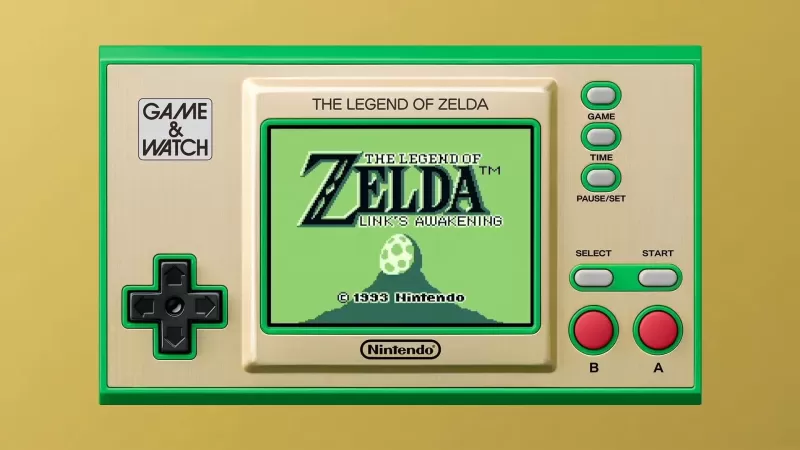 With the Game & Watch series, Nintendo entered the handheld gaming arena, captivating audiences with dedicated game devices. Selling over 40 million units worldwide, these consoles introduced pivotal innovations like the D-Pad in the Donkey Kong model, innovations that remain relevant today. Their revival in recent years with limited edition releases for Mario and Zelda anniversaries showcases their enduring appeal.
With the Game & Watch series, Nintendo entered the handheld gaming arena, captivating audiences with dedicated game devices. Selling over 40 million units worldwide, these consoles introduced pivotal innovations like the D-Pad in the Donkey Kong model, innovations that remain relevant today. Their revival in recent years with limited edition releases for Mario and Zelda anniversaries showcases their enduring appeal.
Nintendo Entertainment System - October 18, 1985
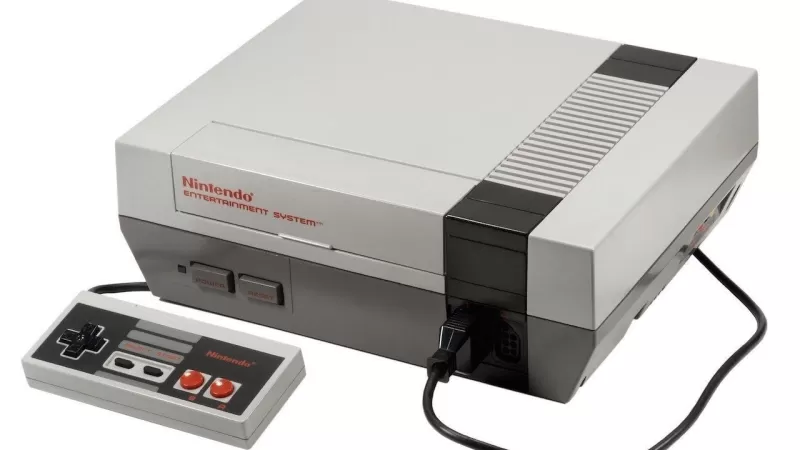 Launching as the Family Computer (Famicom) in Japan and later as the Nintendo Entertainment System (NES) in North America, this console revolutionized gaming with its cartridge system. It birthed legendary franchises such as Super Mario, The Legend of Zelda, and Metroid, cementing its place as a cornerstone in video game history and setting the stage for future innovations.
Launching as the Family Computer (Famicom) in Japan and later as the Nintendo Entertainment System (NES) in North America, this console revolutionized gaming with its cartridge system. It birthed legendary franchises such as Super Mario, The Legend of Zelda, and Metroid, cementing its place as a cornerstone in video game history and setting the stage for future innovations.
Game Boy - July 31, 1989
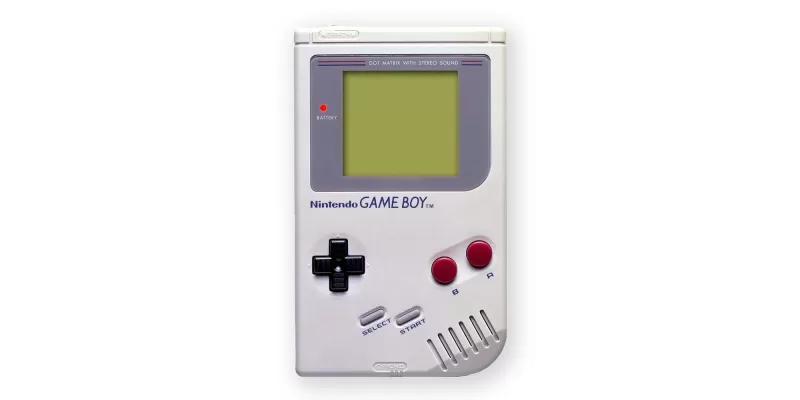 Marking Nintendo's entry into the portable console market, the Game Boy offered a leap forward with cartridge-based gaming. Its iconic status was solidified by the inclusion of Tetris, which was bundled with the system in many regions, turning it into a cultural phenomenon.
Marking Nintendo's entry into the portable console market, the Game Boy offered a leap forward with cartridge-based gaming. Its iconic status was solidified by the inclusion of Tetris, which was bundled with the system in many regions, turning it into a cultural phenomenon.
Super Nintendo Entertainment System - August 23, 1991
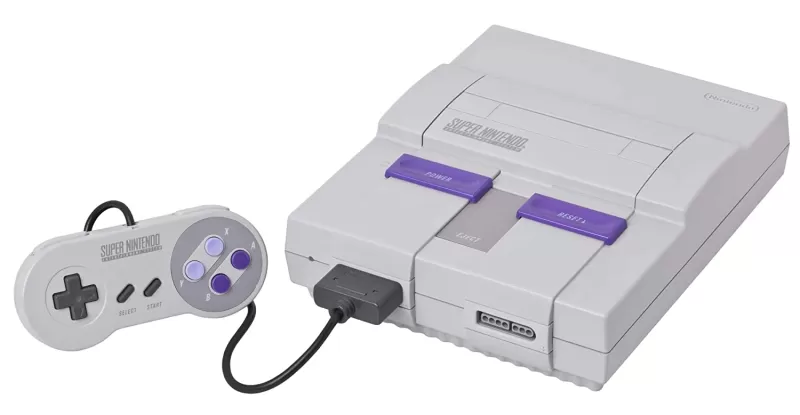 Introducing 16-bit graphics to Nintendo's lineup, the Super Nintendo Entertainment System (SNES) elevated gaming experiences with titles like Super Mario World and Donkey Kong Country. Its late launch did not hinder its success, as it became the best-selling console of its era, thanks to a robust software lineup and widespread appeal.
Introducing 16-bit graphics to Nintendo's lineup, the Super Nintendo Entertainment System (SNES) elevated gaming experiences with titles like Super Mario World and Donkey Kong Country. Its late launch did not hinder its success, as it became the best-selling console of its era, thanks to a robust software lineup and widespread appeal.
Virtual Boy - August 14, 1995
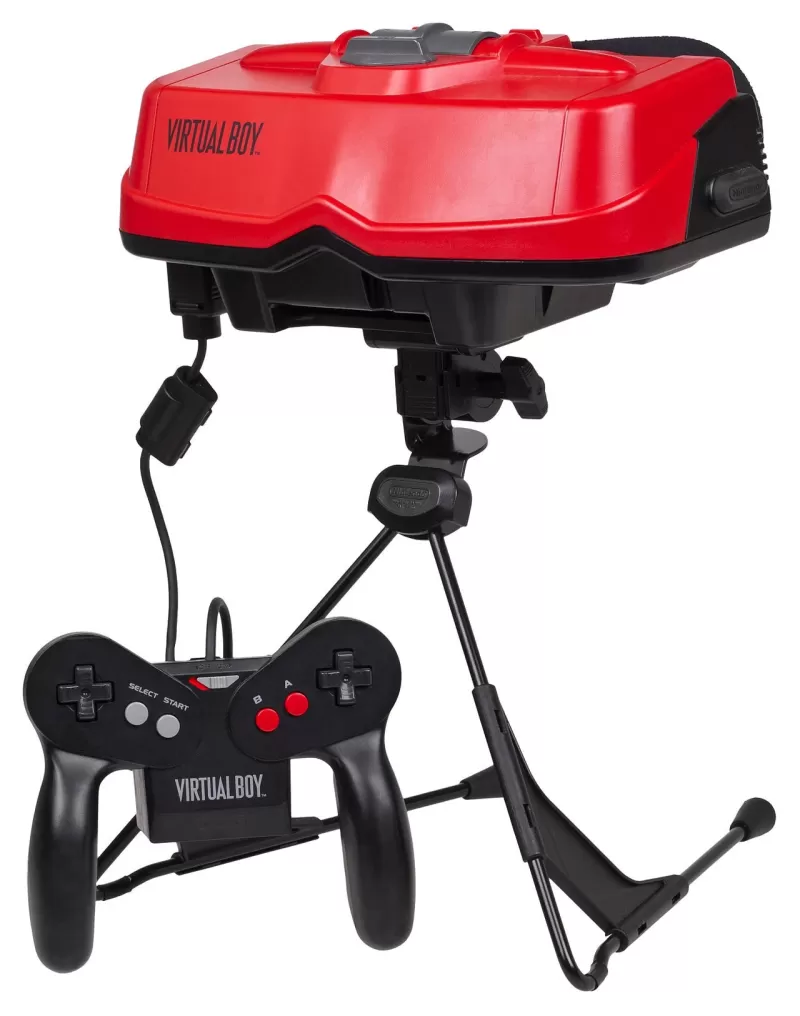 An experimental venture, the Virtual Boy was Nintendo's first attempt at a 3D gaming console. Though it only saw 22 games released, including notable titles like Mario's Tennis and Virtual Boy Wario Land, its brief market presence and limited sales made it one of Nintendo's most unique and short-lived consoles.
An experimental venture, the Virtual Boy was Nintendo's first attempt at a 3D gaming console. Though it only saw 22 games released, including notable titles like Mario's Tennis and Virtual Boy Wario Land, its brief market presence and limited sales made it one of Nintendo's most unique and short-lived consoles.
Game Boy Pocket - September 3, 1996
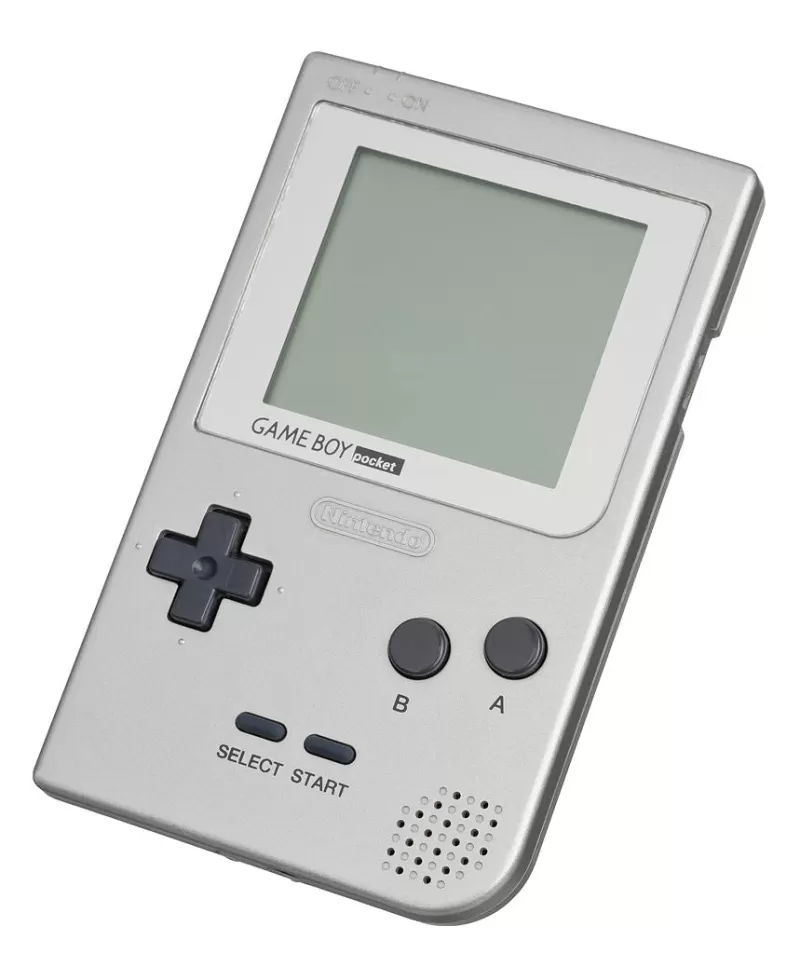 A compact evolution of the original Game Boy, the Game Boy Pocket featured an improved black-and-white screen and enhanced hardware for better responsiveness. Despite its smaller size and reduced battery life, it remained a popular choice for gamers on the go.
A compact evolution of the original Game Boy, the Game Boy Pocket featured an improved black-and-white screen and enhanced hardware for better responsiveness. Despite its smaller size and reduced battery life, it remained a popular choice for gamers on the go.
Nintendo 64 - September 29, 1996
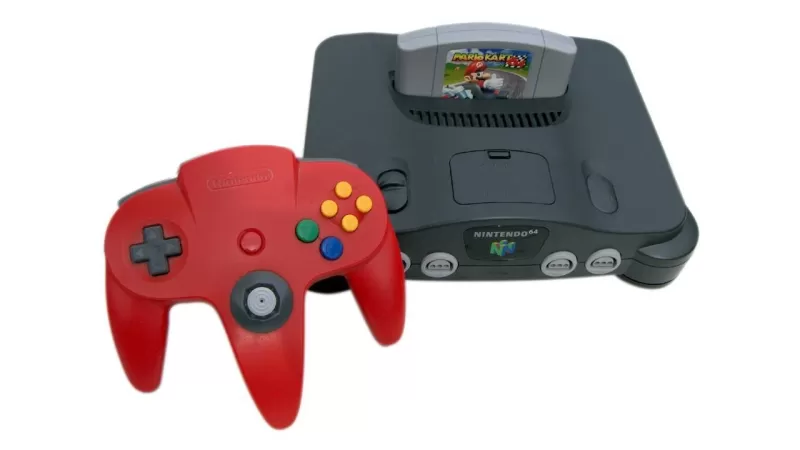 Revolutionizing home console gaming with 3D graphics, the Nintendo 64 introduced groundbreaking titles like Super Mario 64 and The Legend of Zelda: Ocarina of Time. Its innovative controller with an analog stick and various special edition releases further cemented its legacy in gaming history.
Revolutionizing home console gaming with 3D graphics, the Nintendo 64 introduced groundbreaking titles like Super Mario 64 and The Legend of Zelda: Ocarina of Time. Its innovative controller with an analog stick and various special edition releases further cemented its legacy in gaming history.
Game Boy Light - April 14, 1998
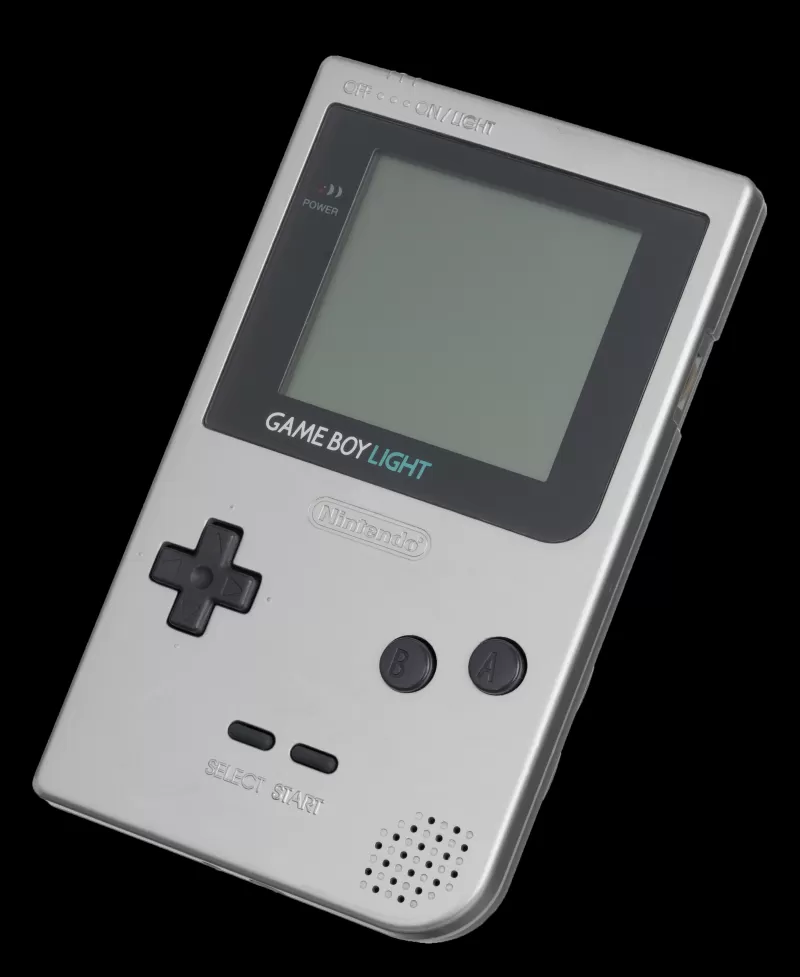 Exclusive to Japan, the Game Boy Light offered a backlit screen for low-light gaming and improved battery life compared to the Game Boy Pocket. Though less known globally, it played a crucial role in Nintendo's handheld evolution.
Exclusive to Japan, the Game Boy Light offered a backlit screen for low-light gaming and improved battery life compared to the Game Boy Pocket. Though less known globally, it played a crucial role in Nintendo's handheld evolution.
Game Boy Color - November 18, 1998
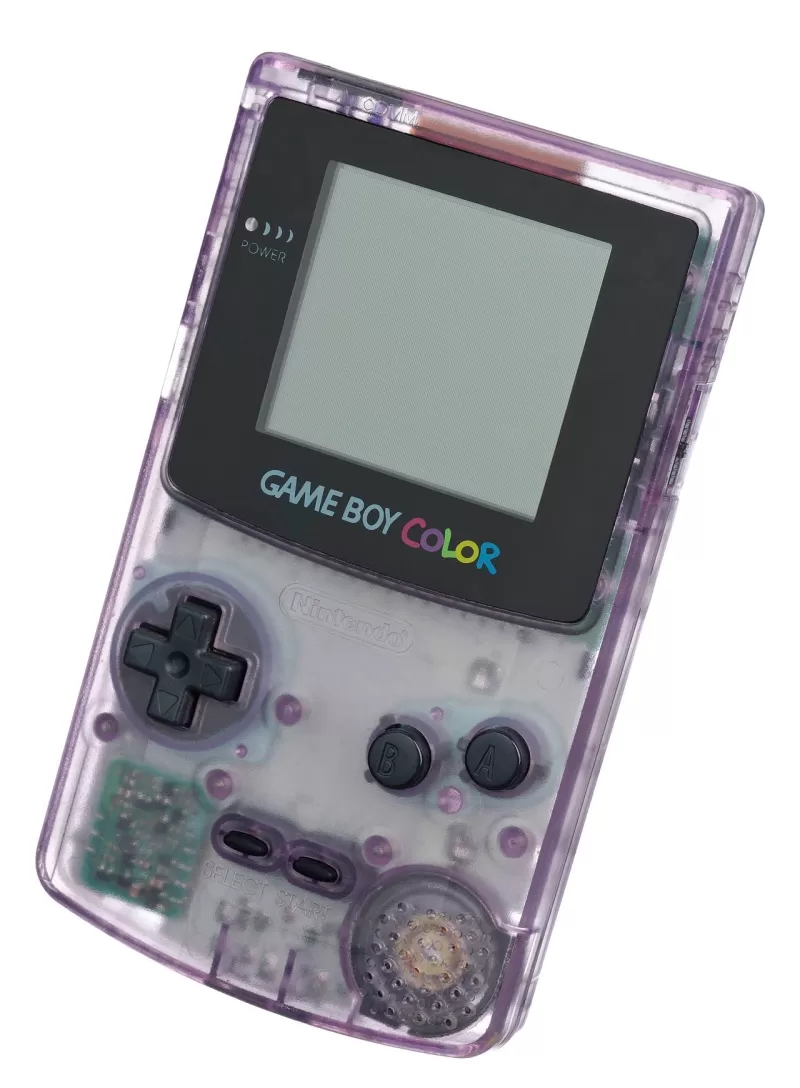 Bringing color to handheld gaming, the Game Boy Color was backward-compatible with existing Game Boy titles and introduced new games optimized for its colorful display. Its vibrant graphics breathed new life into classics like Tetris, enhancing the gaming experience.
Bringing color to handheld gaming, the Game Boy Color was backward-compatible with existing Game Boy titles and introduced new games optimized for its colorful display. Its vibrant graphics breathed new life into classics like Tetris, enhancing the gaming experience.
Game Boy Advance - June 11, 2001
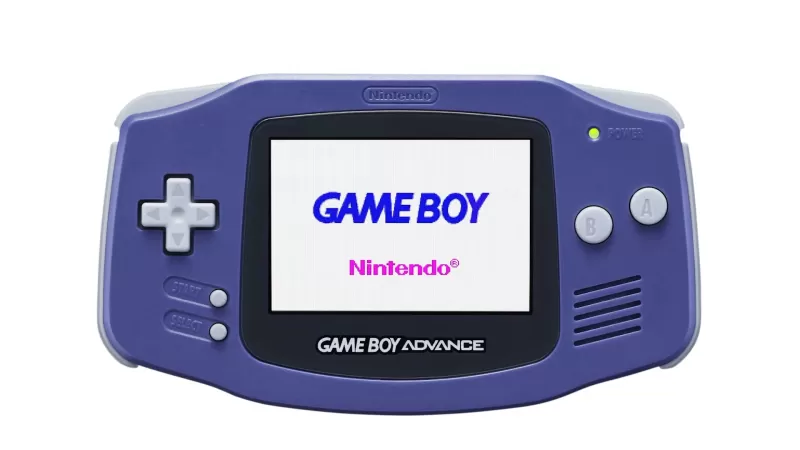 Representing a significant leap forward, the Game Boy Advance (GBA) introduced a horizontal design and 16-bit graphics to the handheld market. Its backward compatibility with previous Game Boy games, combined with a vast library of new titles, made it an instant hit.
Representing a significant leap forward, the Game Boy Advance (GBA) introduced a horizontal design and 16-bit graphics to the handheld market. Its backward compatibility with previous Game Boy games, combined with a vast library of new titles, made it an instant hit.
Pokémon mini - November 16, 2001
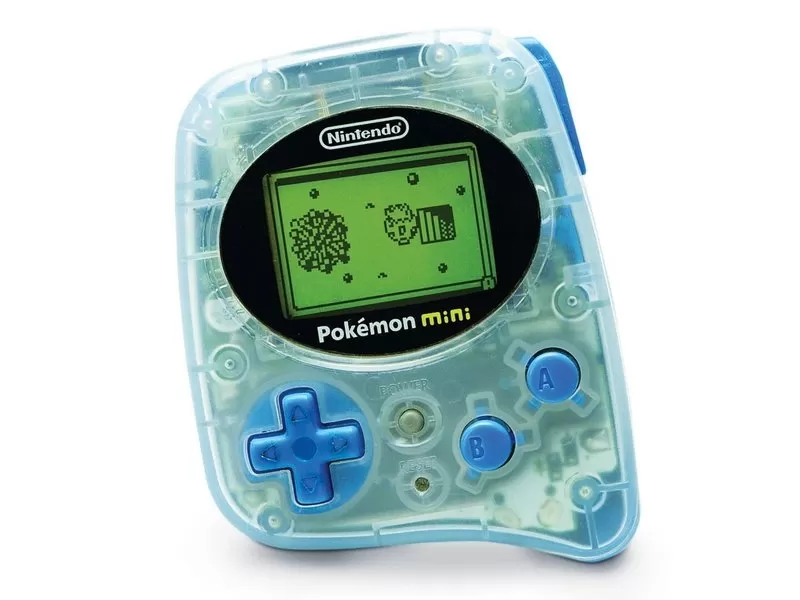 Image Credit: GamesRadarFocused exclusively on Pokémon, the Pokémon mini was a tiny yet feature-rich handheld. With only 10 games released and limited availability in North America, it remains a niche but beloved part of Nintendo's handheld legacy.
Image Credit: GamesRadarFocused exclusively on Pokémon, the Pokémon mini was a tiny yet feature-rich handheld. With only 10 games released and limited availability in North America, it remains a niche but beloved part of Nintendo's handheld legacy.
Nintendo GameCube - November 18, 2001
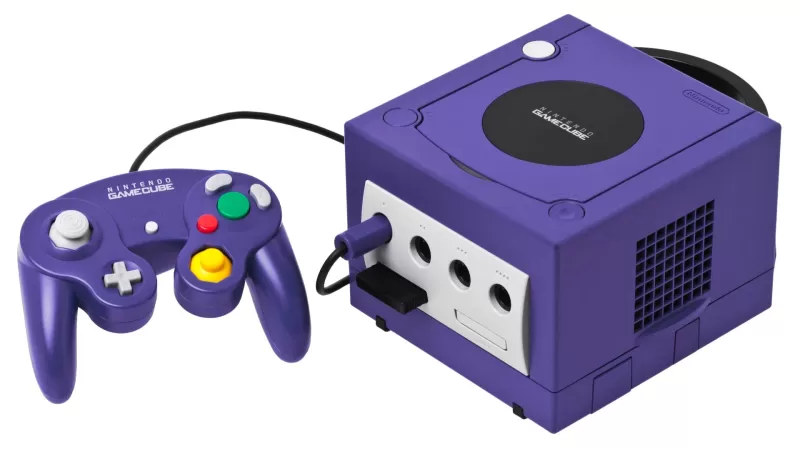 Building on the success of the Nintendo 64, the GameCube offered a disc-based system and a host of beloved sequels. Titles like Super Mario Sunshine and The Legend of Zelda: Wind Waker, along with innovative controllers, ensured its lasting impact, particularly with franchises like Animal Crossing.
Building on the success of the Nintendo 64, the GameCube offered a disc-based system and a host of beloved sequels. Titles like Super Mario Sunshine and The Legend of Zelda: Wind Waker, along with innovative controllers, ensured its lasting impact, particularly with franchises like Animal Crossing.
Panasonic Q - December 14, 2001
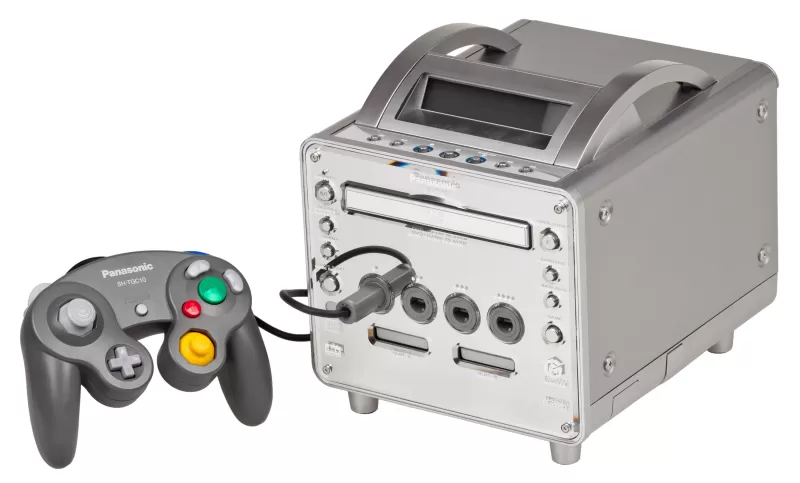 A unique collaboration with Panasonic, the Q combined a GameCube with a DVD player, offering a versatile entertainment solution. Despite its high price and limited sales, its sleek design and functionality made it a notable entry in Nintendo's console history.
A unique collaboration with Panasonic, the Q combined a GameCube with a DVD player, offering a versatile entertainment solution. Despite its high price and limited sales, its sleek design and functionality made it a notable entry in Nintendo's console history.
Game Boy Advance SP - March 23, 2003
 Introducing a foldable design and rechargeable battery, the Game Boy Advance SP enhanced the GBA experience. Later models added a backlit screen, further improving portability and playability.
Introducing a foldable design and rechargeable battery, the Game Boy Advance SP enhanced the GBA experience. Later models added a backlit screen, further improving portability and playability.
Nintendo DS - November 21, 2004
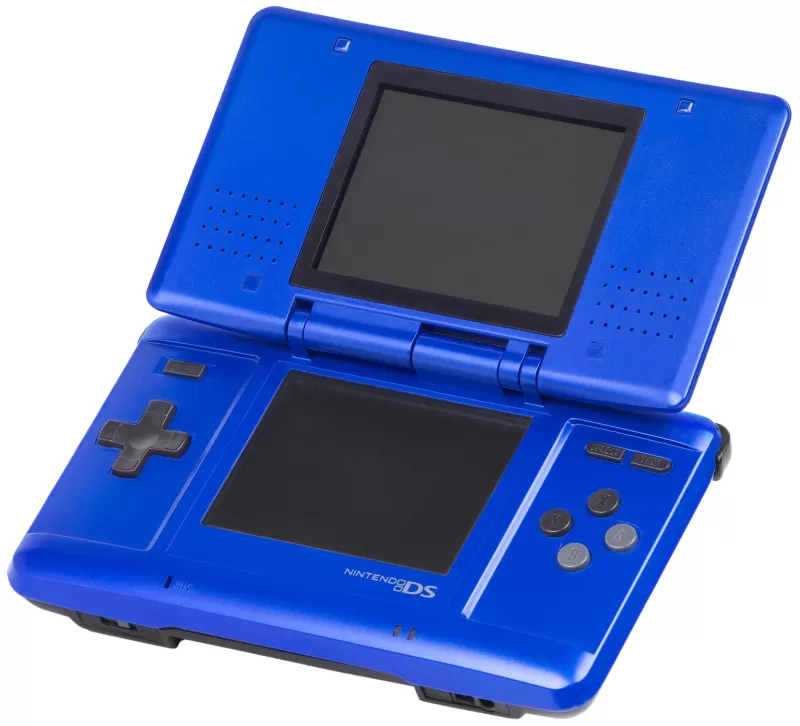 Revolutionizing handheld gaming with its dual-screen and touchscreen capabilities, the Nintendo DS became Nintendo's best-selling console. Its innovative design and unique gameplay experiences set new standards in the industry.
Revolutionizing handheld gaming with its dual-screen and touchscreen capabilities, the Nintendo DS became Nintendo's best-selling console. Its innovative design and unique gameplay experiences set new standards in the industry.
Game Boy Micro - September 19, 2005
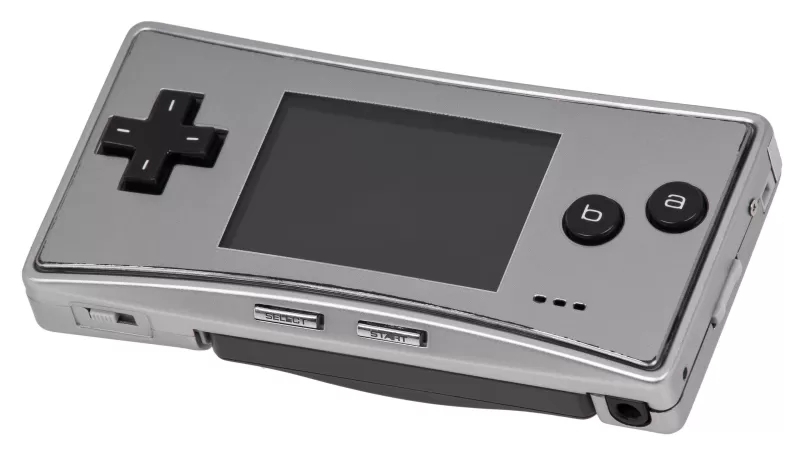 Known for its compact size and adjustable backlit screen, the Game Boy Micro was a stylish and powerful handheld. Despite its short production run, it remains a favorite among collectors and enthusiasts.
Known for its compact size and adjustable backlit screen, the Game Boy Micro was a stylish and powerful handheld. Despite its short production run, it remains a favorite among collectors and enthusiasts.
Nintendo DS Lite - June 11, 2006
 Offering a slimmer, lighter design and improved screen brightness, the Nintendo DS Lite enhanced the DS experience. Its extended battery life and refined aesthetics made it a popular choice for gamers.
Offering a slimmer, lighter design and improved screen brightness, the Nintendo DS Lite enhanced the DS experience. Its extended battery life and refined aesthetics made it a popular choice for gamers.
Nintendo Wii - November 19, 2006
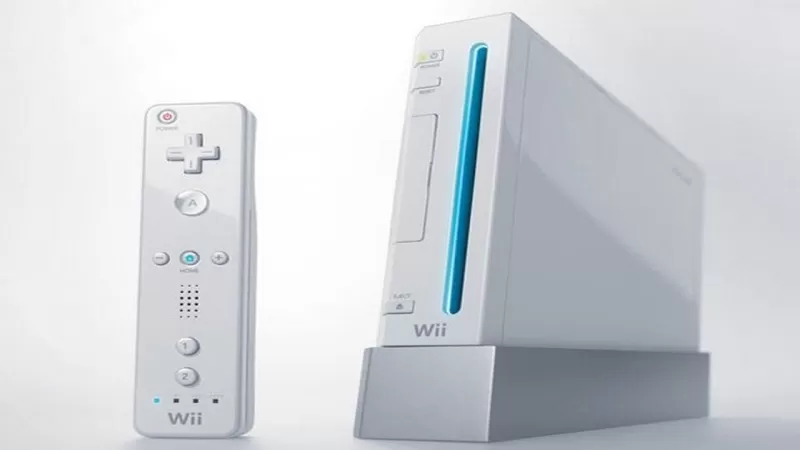 Revitalizing Nintendo's home console market, the Wii introduced motion controls with the Wii Remote, appealing to a broad audience. Its backward compatibility with GameCube titles and the Virtual Console service added to its appeal, making it a landmark in gaming history.
Revitalizing Nintendo's home console market, the Wii introduced motion controls with the Wii Remote, appealing to a broad audience. Its backward compatibility with GameCube titles and the Virtual Console service added to its appeal, making it a landmark in gaming history.
Nintendo DSi - November 1, 2008
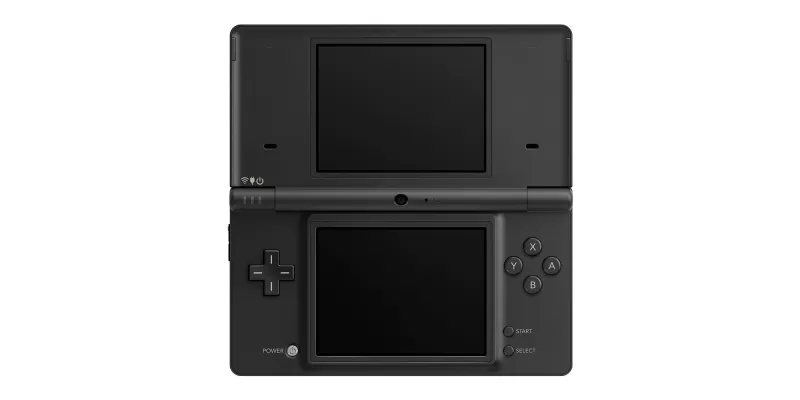 Enhancing the DS with added cameras and an SD card slot, the Nintendo DSi offered new ways to interact with games. Though it removed the Game Boy Advance slot, it paved the way for further innovations in the DS line.
Enhancing the DS with added cameras and an SD card slot, the Nintendo DSi offered new ways to interact with games. Though it removed the Game Boy Advance slot, it paved the way for further innovations in the DS line.
Nintendo DSi XL - November 21, 2009
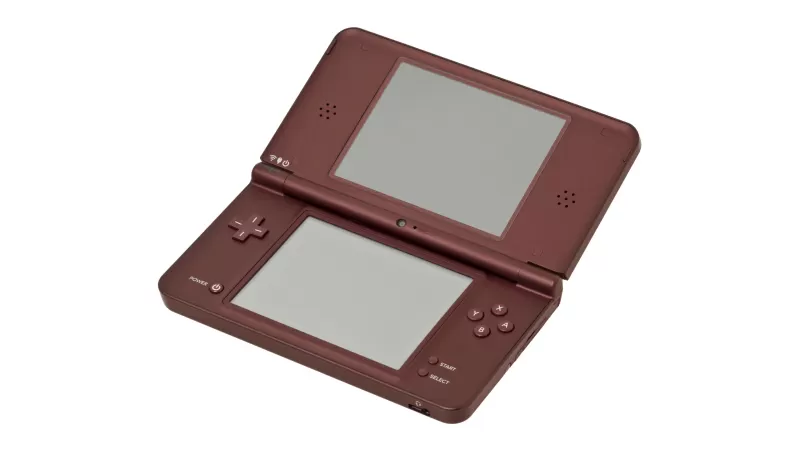 Featuring larger, wider screens and improved audio, the Nintendo DSi XL provided an enhanced gaming experience. Its larger battery and screen size made it a favorite for those seeking a more immersive handheld experience.
Featuring larger, wider screens and improved audio, the Nintendo DSi XL provided an enhanced gaming experience. Its larger battery and screen size made it a favorite for those seeking a more immersive handheld experience.
Nintendo 3DS - March 27, 2011
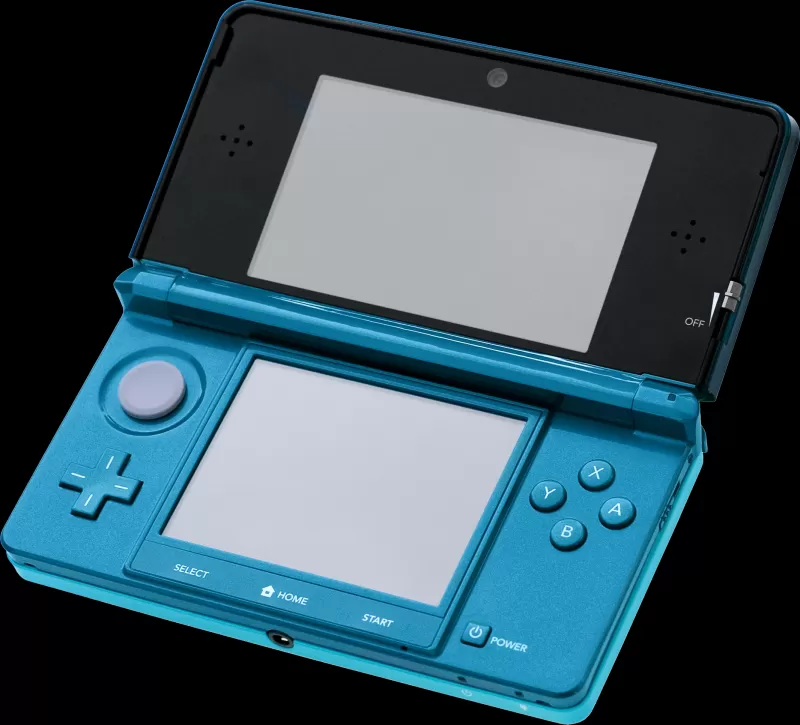 Introducing glasses-free 3D gaming, the Nintendo 3DS offered a host of new features and a rich library of titles. Games like The Legend of Zelda: A Link Between Worlds and Super Mario 3D Land showcased its capabilities, building on the success of the DS line.
Introducing glasses-free 3D gaming, the Nintendo 3DS offered a host of new features and a rich library of titles. Games like The Legend of Zelda: A Link Between Worlds and Super Mario 3D Land showcased its capabilities, building on the success of the DS line.
Nintendo 3DS XL - August 19, 2012
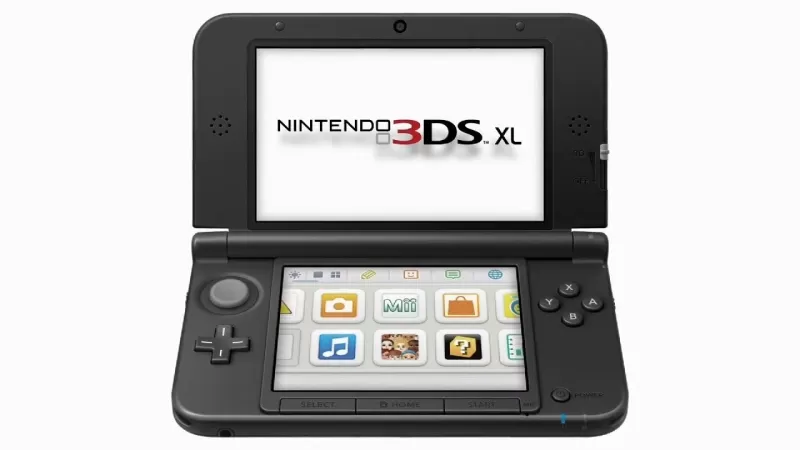 With screens 90% larger than the original 3DS, the 3DS XL provided a more immersive experience. Retaining all the features of the original, it became a go-to choice for gamers seeking bigger displays.
With screens 90% larger than the original 3DS, the 3DS XL provided a more immersive experience. Retaining all the features of the original, it became a go-to choice for gamers seeking bigger displays.
Nintendo Wii U - November 18, 2012
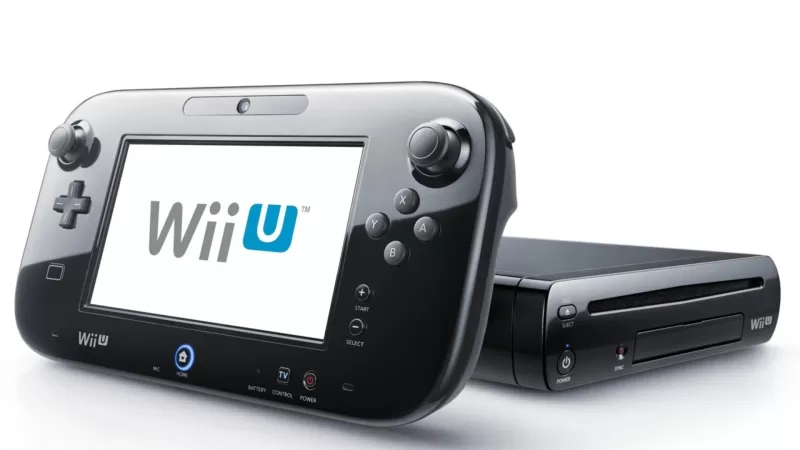 Following the Wii, the Wii U introduced the innovative GamePad controller with a built-in screen. Despite its HD capabilities and strong game lineup, including Xenoblade Chronicles X and Super Mario 3D World, it faced challenges with marketing and consumer confusion.
Following the Wii, the Wii U introduced the innovative GamePad controller with a built-in screen. Despite its HD capabilities and strong game lineup, including Xenoblade Chronicles X and Super Mario 3D World, it faced challenges with marketing and consumer confusion.
Nintendo Wii Mini - December 7, 2012
 A compact version of the Wii, the Wii Mini catered to late adopters with a simplified design. It removed several features, such as GameCube support and Wi-Fi connectivity, but offered a more affordable option.
A compact version of the Wii, the Wii Mini catered to late adopters with a simplified design. It removed several features, such as GameCube support and Wi-Fi connectivity, but offered a more affordable option.
Nintendo 2DS - October 12, 2013
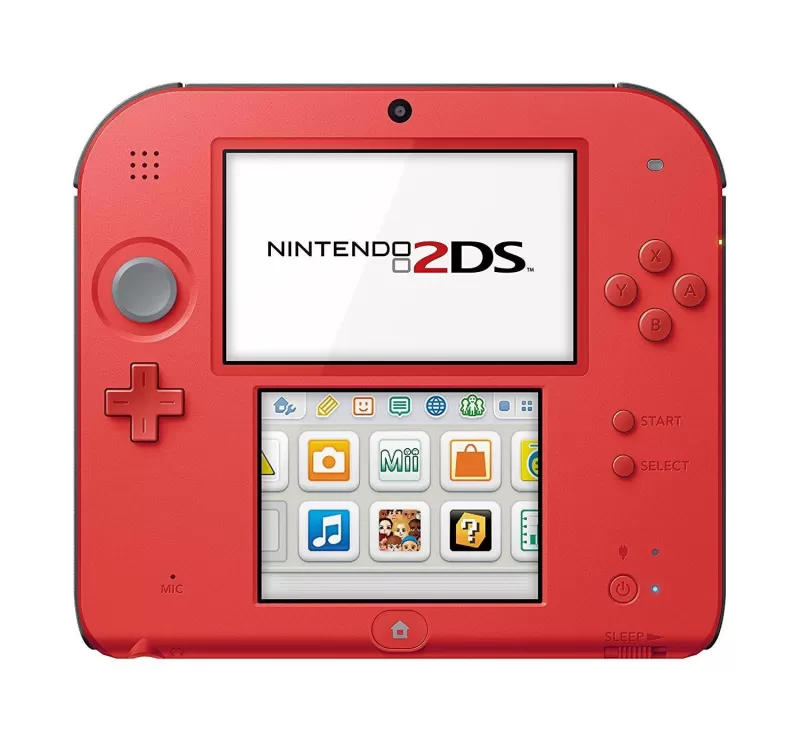 Removing the 3D feature to offer a more budget-friendly option, the Nintendo 2DS played all 3DS games in 2D. Its unique design and lower price point made it an attractive entry point into the 3DS family.
Removing the 3D feature to offer a more budget-friendly option, the Nintendo 2DS played all 3DS games in 2D. Its unique design and lower price point made it an attractive entry point into the 3DS family.
New Nintendo 3DS - October 11, 2014
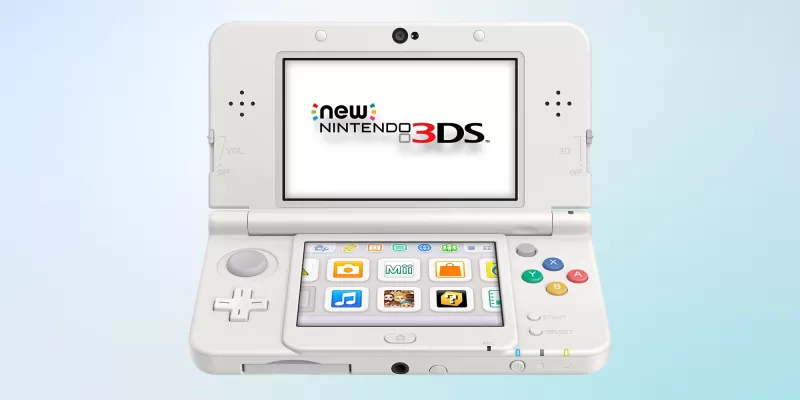 Enhancing the 3DS with new controls, including the C-Stick and ZR/ZL buttons, and adding NFC support for amiibo, the New Nintendo 3DS offered significant upgrades. Its staggered release across different regions showcased Nintendo's continued commitment to handheld innovation.
Enhancing the 3DS with new controls, including the C-Stick and ZR/ZL buttons, and adding NFC support for amiibo, the New Nintendo 3DS offered significant upgrades. Its staggered release across different regions showcased Nintendo's continued commitment to handheld innovation.
New Nintendo 3DS XL - February 13, 2015
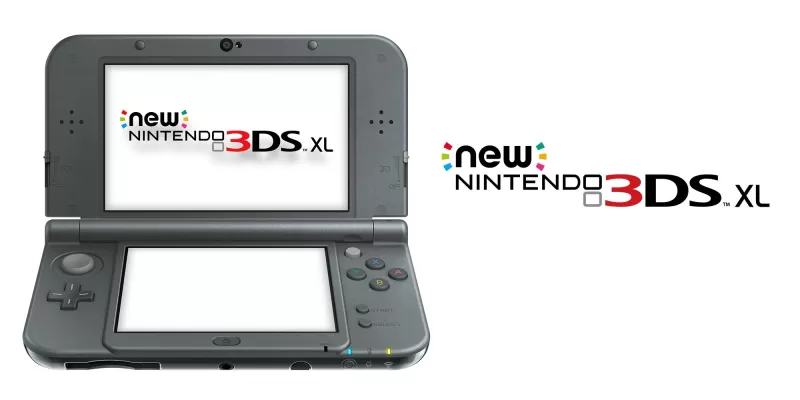 With even larger screens than the standard New 3DS, the New Nintendo 3DS XL provided an even more immersive experience. Its removal of interchangeable face plates was offset by a variety of special editions.
With even larger screens than the standard New 3DS, the New Nintendo 3DS XL provided an even more immersive experience. Its removal of interchangeable face plates was offset by a variety of special editions.
Nintendo Switch - March 3, 2017
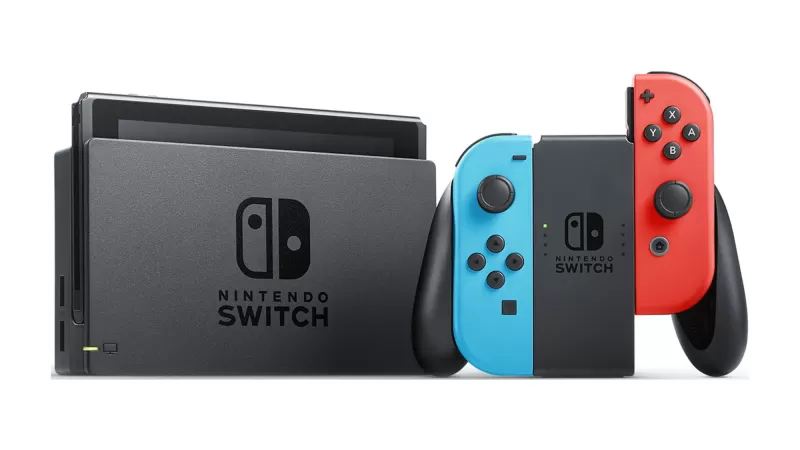 Combining the versatility of a home and portable console, the Nintendo Switch redefined gaming flexibility. Its robust first-party library, including some of the greatest games ever released, propelled Nintendo to the forefront of the industry once more.
Combining the versatility of a home and portable console, the Nintendo Switch redefined gaming flexibility. Its robust first-party library, including some of the greatest games ever released, propelled Nintendo to the forefront of the industry once more.
New Nintendo 2DS XL - July 28, 2017
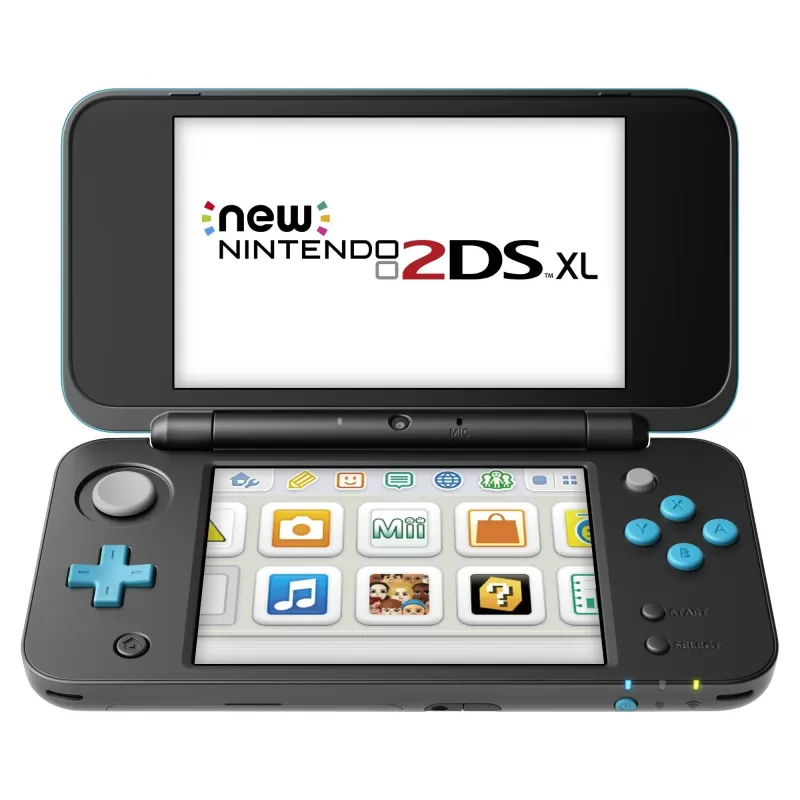 Upgrading the 2DS with a clamshell design and features like an analog stick and amiibo support, the New Nintendo 2DS XL offered a compelling alternative to the 3DS. Its ability to play New 3DS titles further expanded its appeal.
Upgrading the 2DS with a clamshell design and features like an analog stick and amiibo support, the New Nintendo 2DS XL offered a compelling alternative to the 3DS. Its ability to play New 3DS titles further expanded its appeal.
Nintendo Switch Lite - September 20, 2019
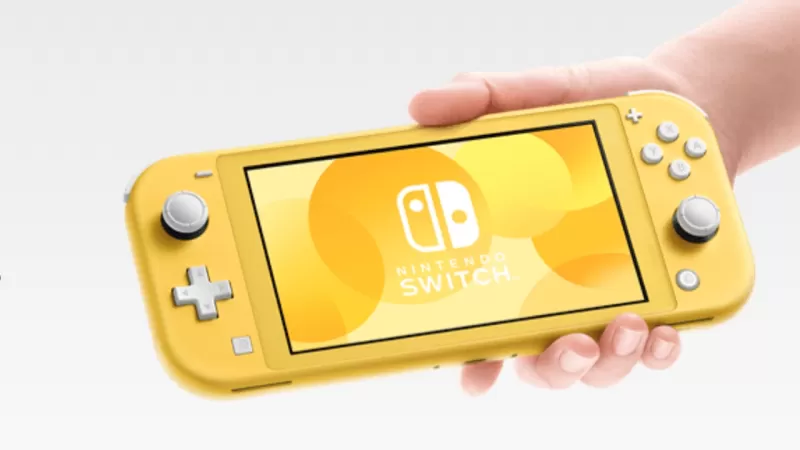 Designed exclusively for handheld play, the Nintendo Switch Lite offered a compact and affordable option. Its smaller size and built-in controllers made it a favorite for gamers on the go.
Designed exclusively for handheld play, the Nintendo Switch Lite offered a compact and affordable option. Its smaller size and built-in controllers made it a favorite for gamers on the go.
Nintendo Switch OLED model - October 8, 2021
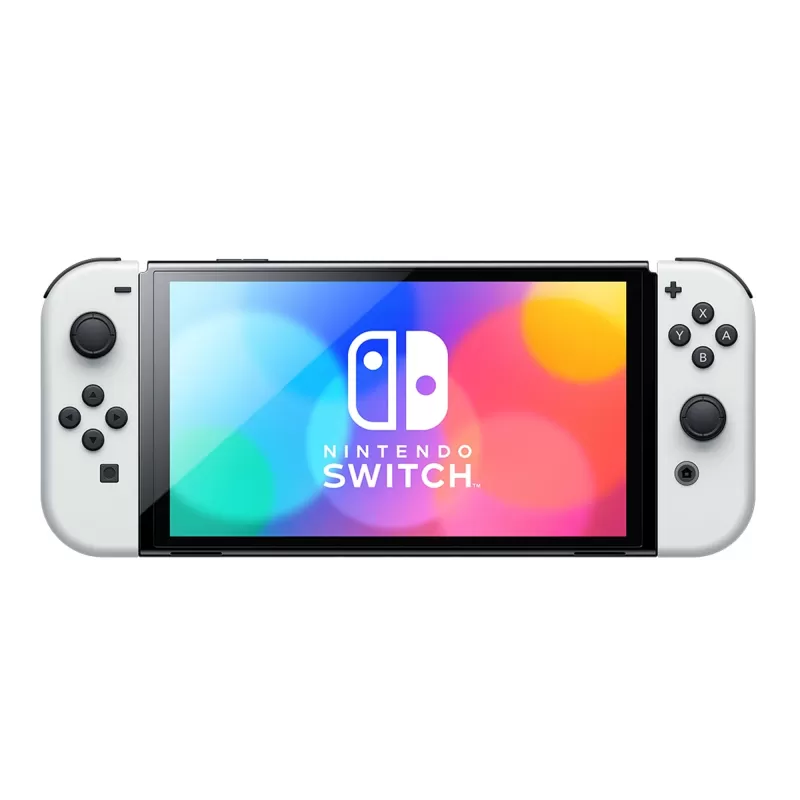 Introducing a premium OLED screen and enhanced audio, the Nintendo Switch OLED model offered an elevated gaming experience. Its launch alongside Metroid Dread highlighted its capabilities, cementing its place as a top-tier console.
Introducing a premium OLED screen and enhanced audio, the Nintendo Switch OLED model offered an elevated gaming experience. Its launch alongside Metroid Dread highlighted its capabilities, cementing its place as a top-tier console.
Upcoming Nintendo Consoles
After a flurry of leaks and rumors, Nintendo has officially unveiled the Switch 2. The reveal trailer showcases an innovative Joy-Con attachment method, a larger screen, and an additional USB-C port. The potential use of Joy-Con as a mouse hints at new gameplay possibilities, while the trailer teases what appears to be a new Mario Kart with 24-player support. The console promises to be "mostly" backward compatible, continuing to support both physical and digital games.Analysts suggest that the new Nintendo console might be priced around $400. We've gathered all known details from the trailer, but more information, including a release date, is expected during a Nintendo Direct scheduled for April 2.
AnswerSee Results Home
Home  Navigation
Navigation






 Latest Articles
Latest Articles









 Latest Games
Latest Games




![Chubby Story [v1.4.2] (Localizations)](https://imgs.xddxz.com/uploads/85/1719638042667f981a5e9f8.jpg)

![Zia – New Version 0.4 [Studio Zia]](https://imgs.xddxz.com/uploads/47/1719569268667e8b74e6004.jpg)




